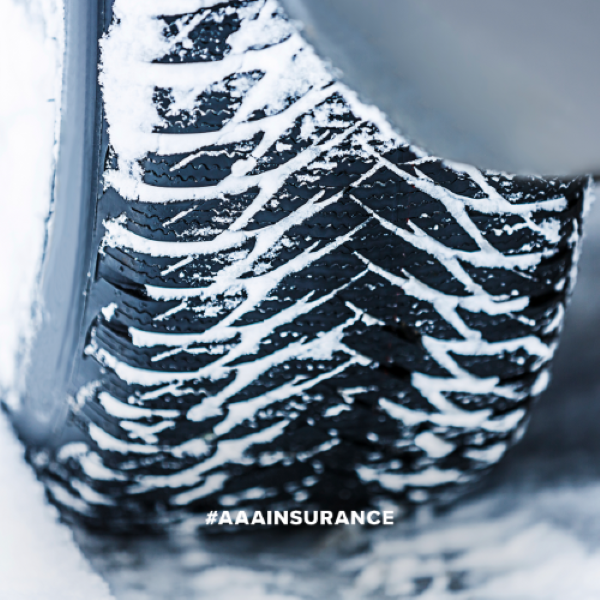Navigate the Ice and Snow
Navigate the Ice and Snow

Winter storms, bad weather and sloppy road conditions are a factor in nearly half a million crashes and more than 2,000 road deaths every winter, according to research by the AAA Foundation for Traffic Safety. AAA Western and Central New York wants to prepare drivers with winter driving tips to keep everyone safe on the road. The top three winter driving tips include slowing down, increasing the space between yourself and other vehicles, and braking, THEN turning.
Additional important notes: Stay with your car and remain calm, should you find yourself in an emergency situation. If you are in an emergency situation, call 911. If you get stranded in your car, keep your tailpipe clear of snow to ensure proper ventilation and keep your window cracked open a bit until help arrives.
Tips for driving in the snow:
- Accelerate and decelerate slowly. Applying the gas slowly to accelerate is the best method for regaining traction and avoiding skids. Don’t try to get moving in a hurry. Remember: It takes longer to slow down on icy roads.
- Increase following distances. The normal dry pavement following distance of three to four seconds should be increased to eight to ten seconds. This increased margin of safety will provide the longer distance needed if you have to stop.
- Know your brakes. Whether you have antilock brakes or not, the best way to stop is threshold braking. Keep the heel of your foot on the floor and use the ball of your foot to apply firm, steady pressure on the brake pedal.
- Don’t power up hills. Applying extra gas on snow-covered roads may only result in spinning your wheels. Try to get a little inertia going before you reach the hill and let that inertia carry you to the top. As you reach the crest of the hill, reduce your speed and proceed downhill as slowly as possible.
- Don’t stop going up a hill. It’s difficult to move up a hill on an icy road. If possible, get your vehicle moving on a flat roadway first before taking on a hill.
- If possible, stay home. If you really don’t have to go out, don’t. Even if you can drive well in the snow, not everyone else can.
Winter Driving: What NOT to Do
1. Don’t continue at the same speed you would be traveling in clear, dry conditions
- Rain, snow and ice can dramatically reduce your tires’ traction
- Drivers should slow down to regain the traction that is lost due to the weather
2. Do not brake and turn at the same time or be rough with your steering/braking
- Asking your vehicle to do two things at a time makes it more likely that your tires will lose traction
- Brake first, then turn, then accelerate.
- If you’re not gentle with steering, acceleration and braking, your vehicle’s balance can be negatively affected, increasing the chance of experiencing a skid.
- Always steer, accelerate and brake smoothly.
- Slamming on the brakes can make the skid even worse.
- If skidding, continue to look and steer the vehicle in the direction you want to go.
3. Don’t follow behind other vehicles as closely as you would when driving in clear, dry conditions
- Slick roads mean your vehicle cannot slow down as quickly.
- Increase following distances to a minimum of 5-6 seconds.
- Always keep open space to at least one side of your vehicle, in case you need make an emergency lane change maneuver.
What to Do if You Get Stuck
- Clear a path in front of your wheels for several feet by driving forward and backward or shoveling.
- With your wheels pointed straight to minimize rolling resistance, shift to "drive" (or second gear for manual transmissions) and apply gentle pressure to the accelerator, WITHOUT spinning the wheels. If you let the wheels spin, you will only dig deeper into the snow.
- If you need more traction, use traction mats, kitty litter, or one of the abrasive materials that you included in your emergency winter driving kit. Do not let anyone stand directly ahead or behind the drive wheels.
- If you are still stuck, rock your vehicle out of the rut by applying the accelerator slowly in low gear, releasing when you stop moving forward, and re-applying when you stop rolling backward. Repeat in rapid succession using minimum power to avoid spinning wheels.
- Try to avoid driving when visibility is poor. If you must drive, keep your speed low, use your low-beam headlights, and pull off to a safe spot if conditions worsen.












